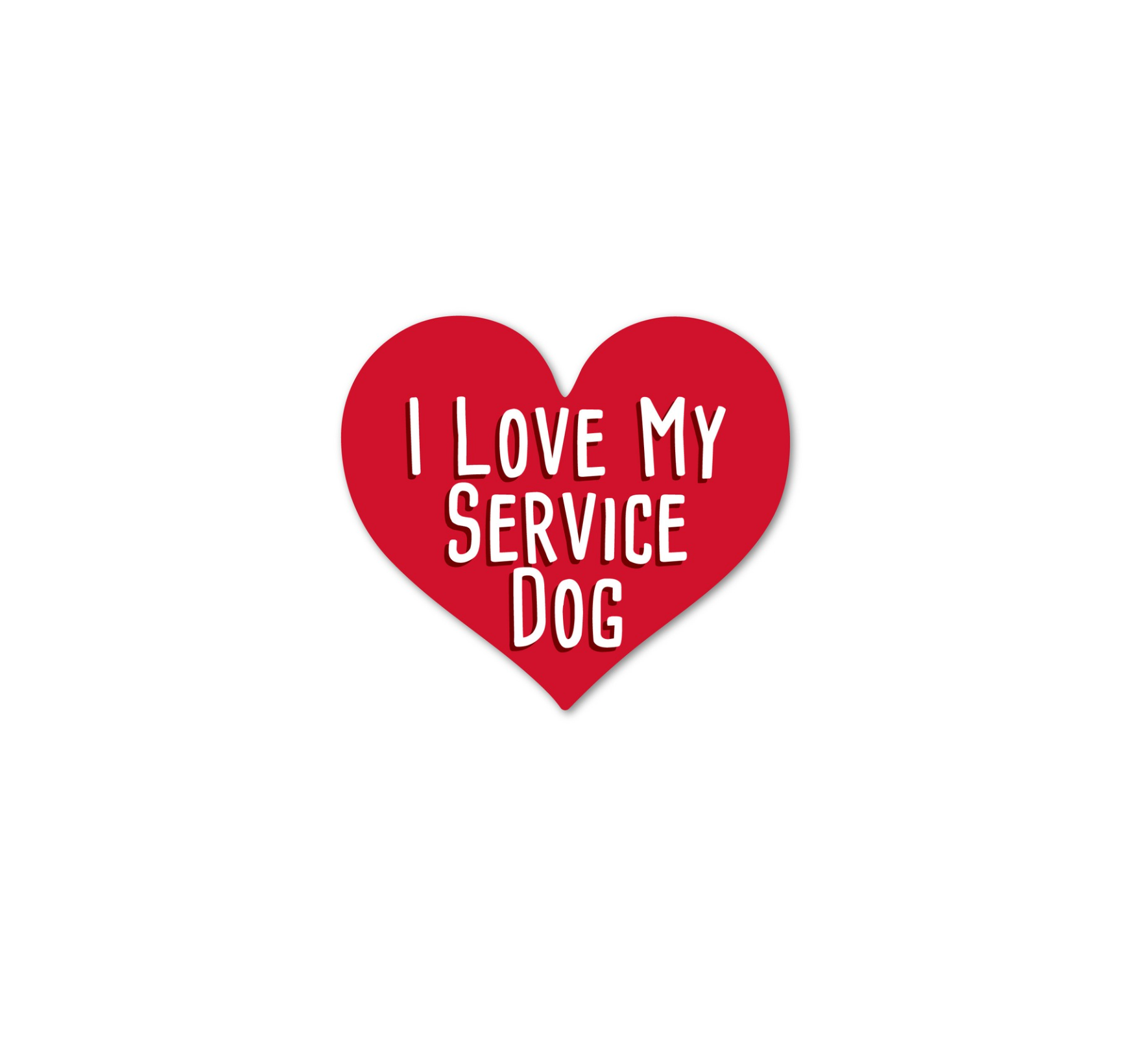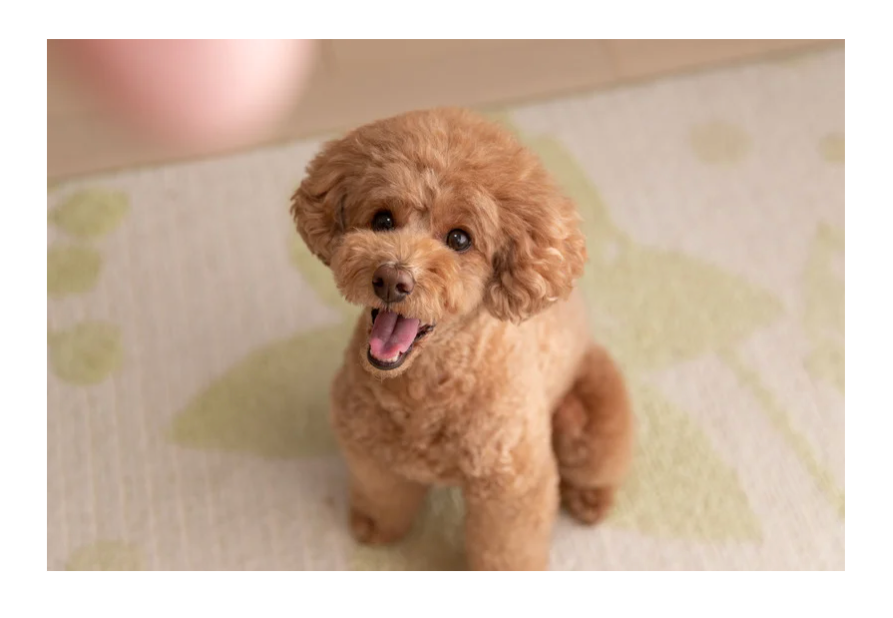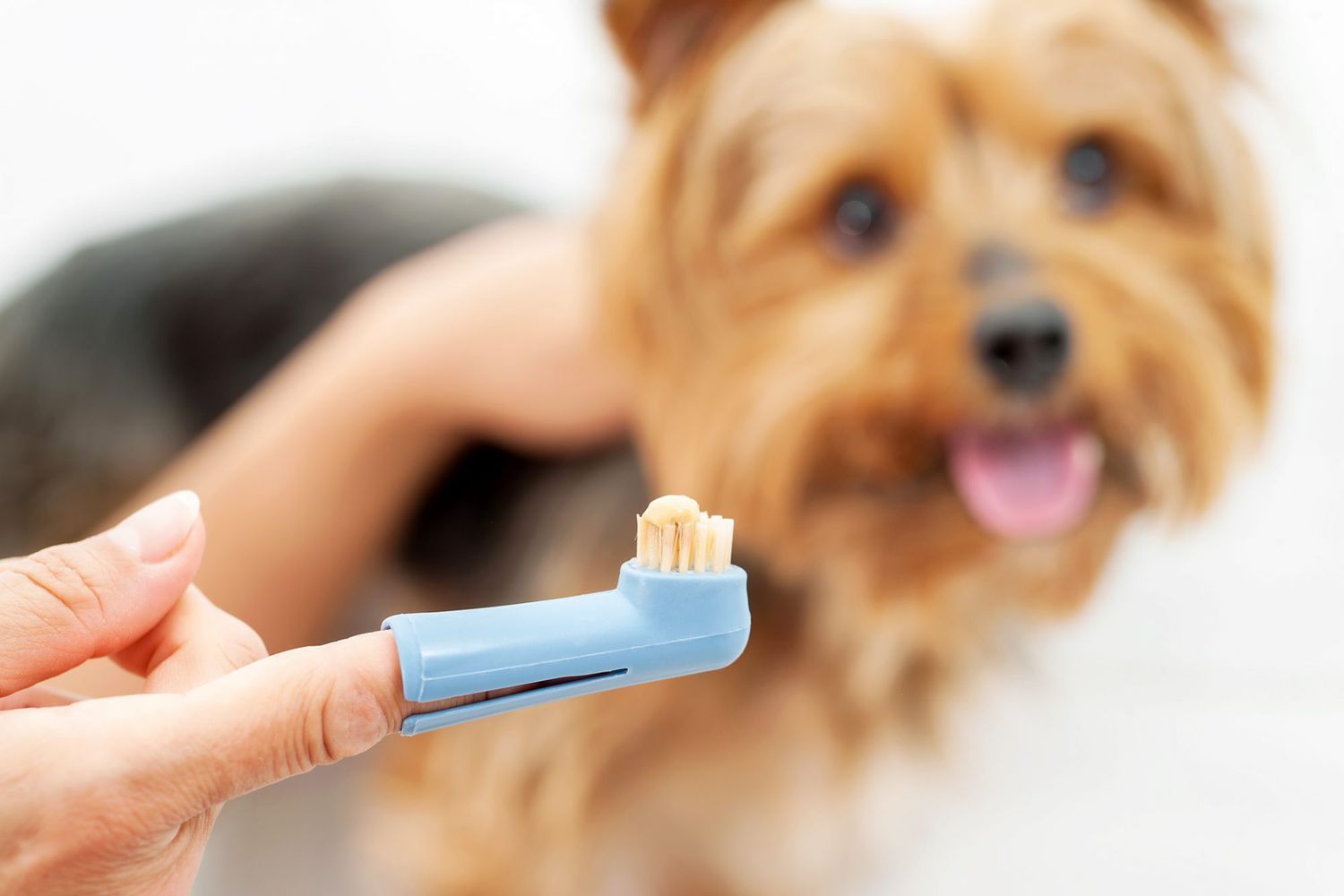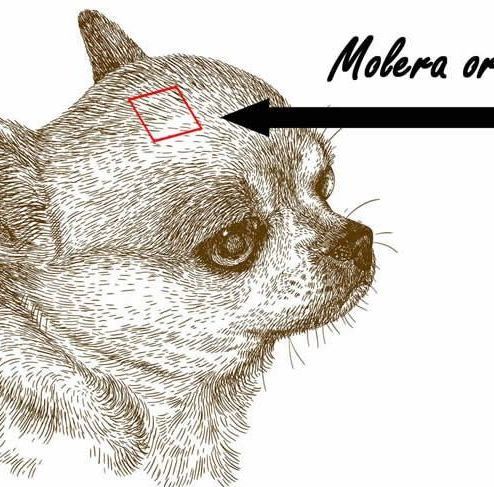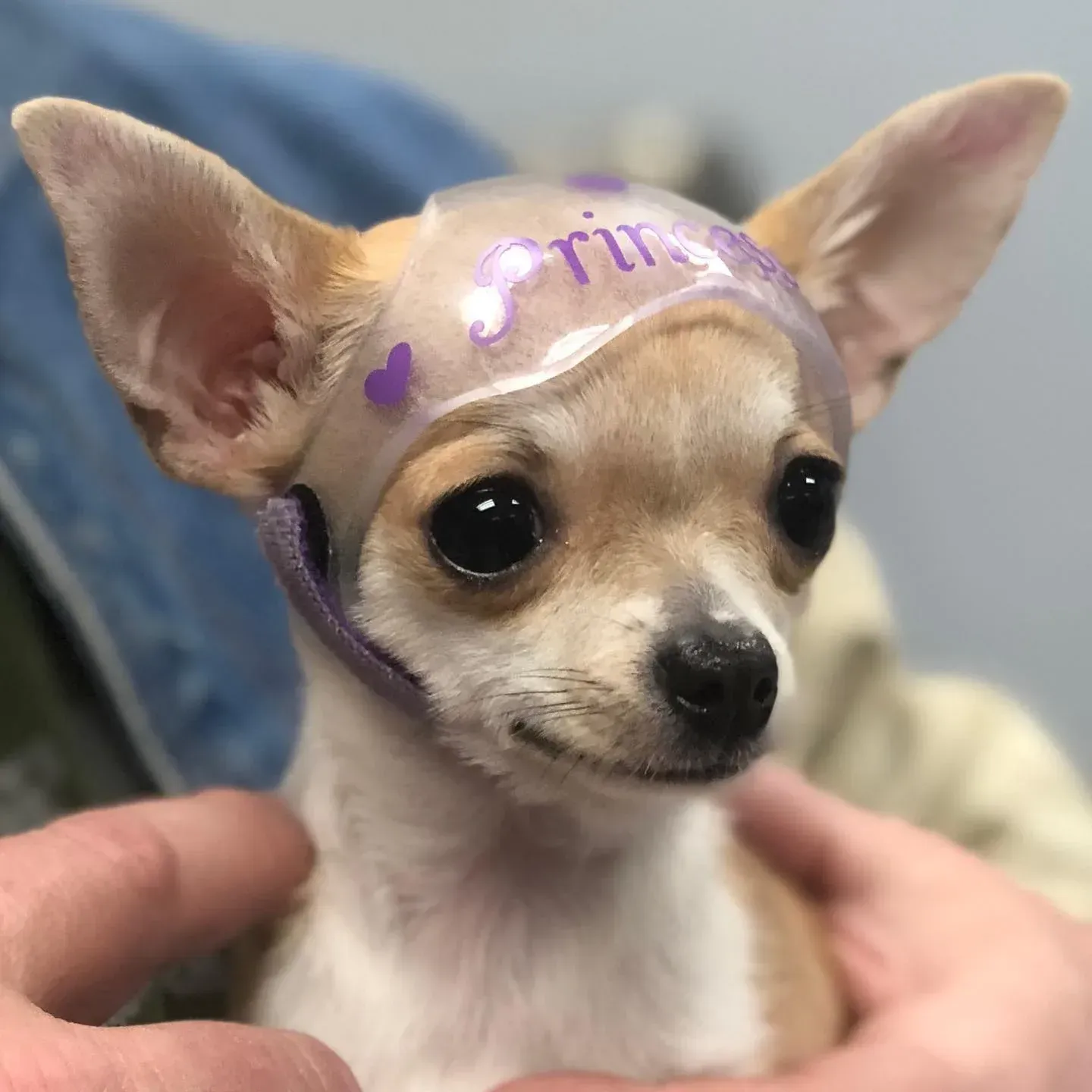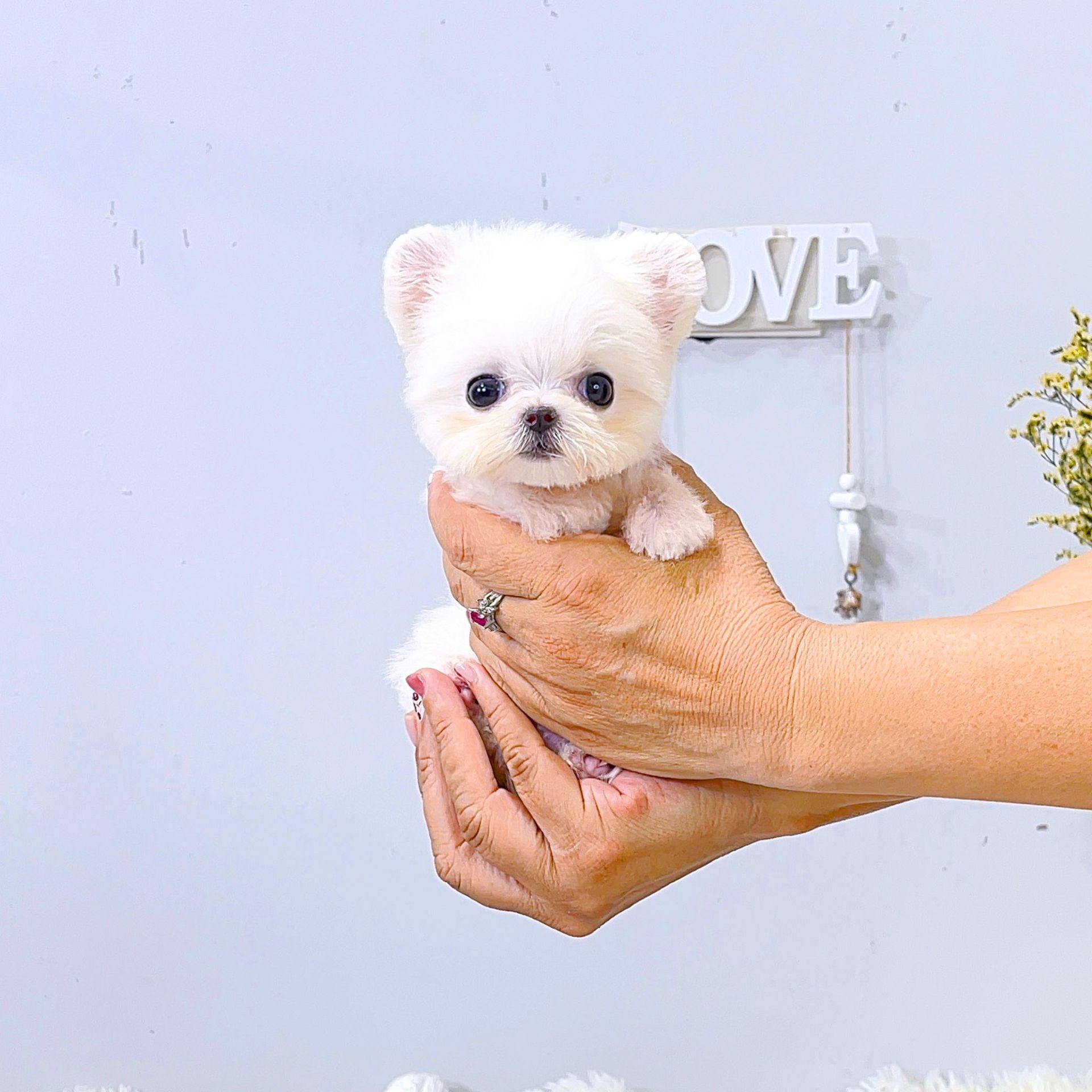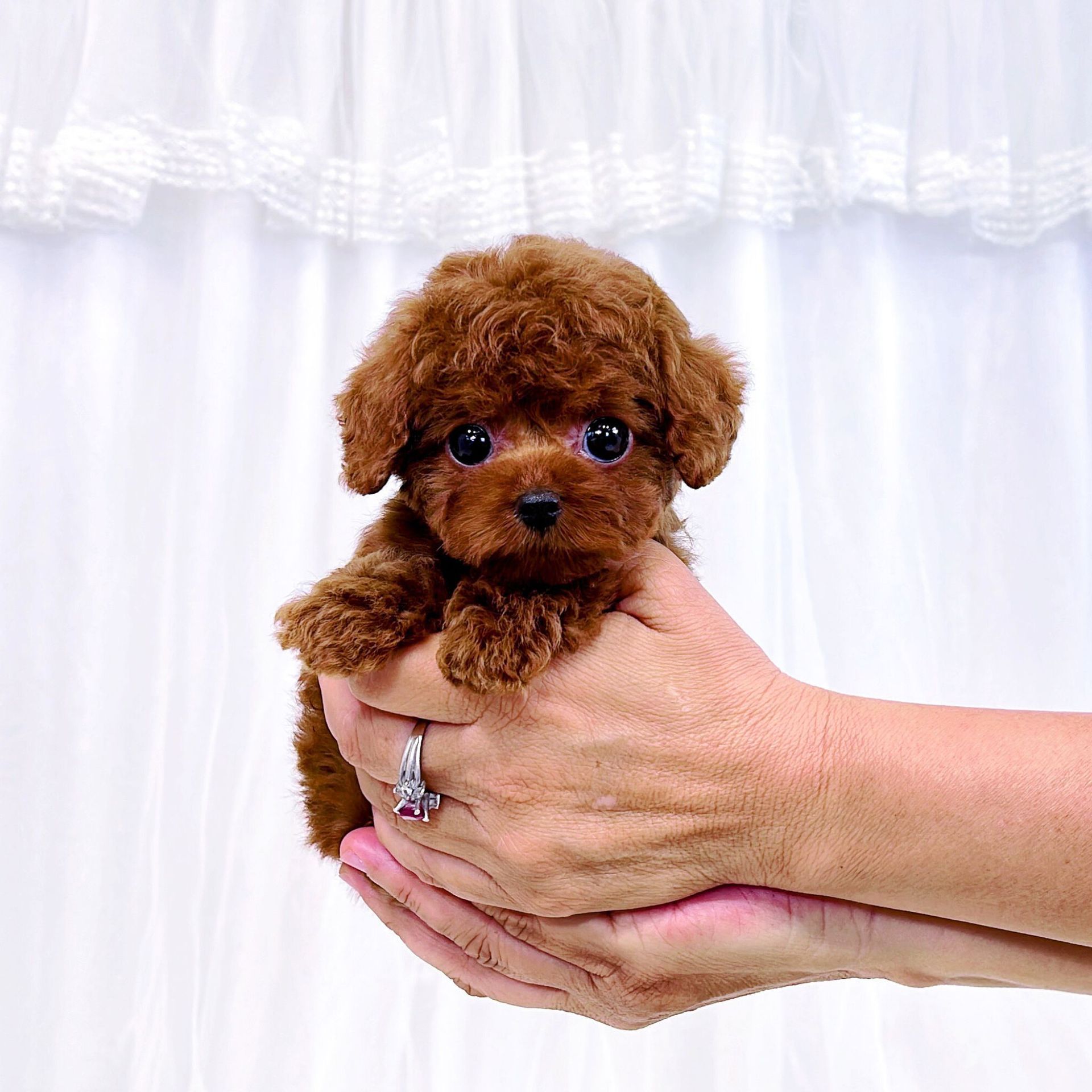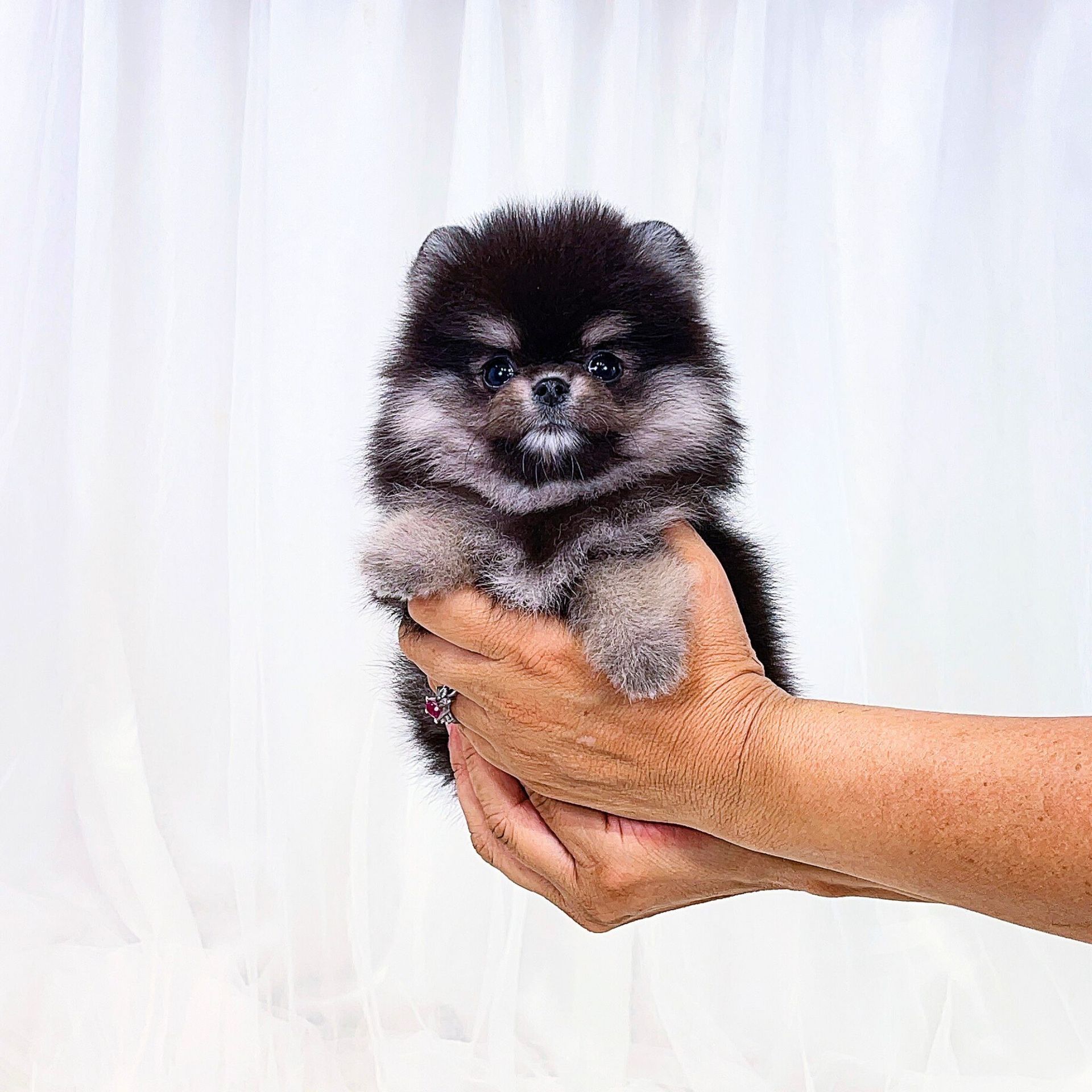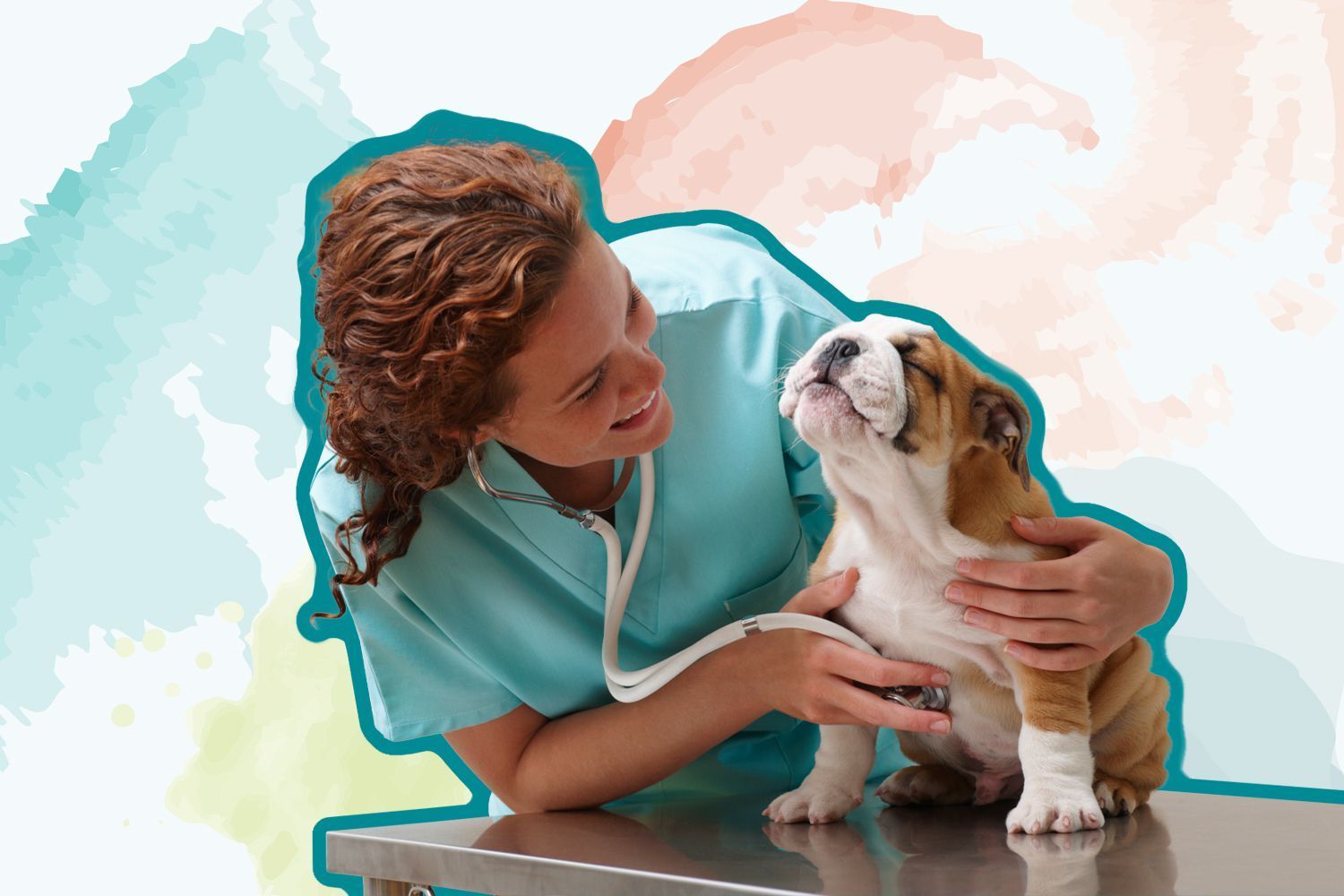What is Open Fontanelle?
Open fontanelles are soft spots in the skull, or gaps between the skull’s growth plates that result from incomplete closures of the skull’s soft spots during normal growth in puppies. But they typically close or harden by 9-12 weeks of age. In some breeds, such as Chihuahuas and other teacup breeds, it is common for open fontanelles to persist beyond 12 weeks of age. In fact, open fontanelles in Chihuahuas are referred to as “moleras” and they are considered to be part of the breed standard, along with the classic dome-shaped skull.
Symptom of Open Fontanelle in Dogs
Open fontanelles in dogs are considered to be congenital, which means affected dogs are usually born with the condition. Signs your dog may be experiencing this condition can include:
· Presence of soft spots or holes in skull, usually located on the top of the head
· Round, domed, or apple-shaped skull
· Eyes directed downwards or upwards
· Head pressing
· Difficulties with housetraining
· Puppies slow to grow
· Restlessness
· Aimless wandering
· Lack of coordination
· Blindness
· Seizures
Diagnosis of Open Fontanelle in Dogs
If you've noticed that your dog's skull has a domed or apple-shaped appearance, or if you've felt soft spots that linger beyond puppyhood, it's important to consult with your vet. The sooner you seek advice, the better it could be for your dog’s health. Make sure to mention any other symptoms you’ve observed.
Your vet will conduct a thorough exam and ask about any changes in behavior or neurological issues. To get a clearer picture, they may recommend imaging tests such as X-rays, ultrasounds, CT scans, or MRIs. These can help identify issues like an open fontanel, fluid buildup, tumors, or other abnormalities. Test results will help confirm if your dog has an open fontanel or conditions like hydrocephalus.
Conservative Monitoring and Care
Observation: If the open fontanelle is small and there are no signs of neurological issues, many veterinarians may advise regular observation. You might be instructed to keep an eye on the fontanel to ensure it doesn’t grow larger or cause any changes in your dog's behavior.
Limiting Risk: Since the area is soft, you’ll need to be cautious about your dog’s head being bumped or exposed to trauma. Avoid rough play or situations where your dog could hit their head.
Surgical Closure
- Indication for Surgery: If the open fontanel is large, causing neurological issues, or if it's at risk of injury or infection, surgery might be recommended. The procedure typically involves closing the gap in the skull with a special surgical technique. The surgery is often done under general anesthesia and can be performed by a veterinary neurologist or a specialist in soft tissue surgery.
- Recovery: After surgery, your dog will need time to recover. Post-surgical care often includes pain management, limited activity, and follow-up visits to monitor healing. Your vet may also recommend restricting your dog from jumping or engaging in vigorous activity for a period of time to allow the area to heal properly.
Preventive Care and Lifestyle Adjustments
- Regular Checkups: Regardless of the treatment plan, regular checkups with your vet are essential to monitor the fontanel and your dog’s neurological health. Follow-up imaging (like X-rays, MRIs, or ultrasounds) may be recommended to check for any changes or complications.
- Nutrition: Good nutrition can play a role in supporting brain health, so ensuring your dog has a balanced, high-quality diet may help with overall well-being.
- Preventing Injury: Because the fontanelle represents a vulnerable spot in the skull, keeping your dog safe from head trauma is a priority. This might involve limiting activities like rough play, making sure your dog’s living environment is safe, and even using protective headgear for some dogs (though this would be more common in extreme cases).
In conclusion, while an open fontanelle might not be a serious issue in all cases, it’s important to stay proactive about your dog’s health. Working closely with your veterinarian will help ensure any potential complications are addressed quickly and appropriately, helping to give your dog the best chance for a long, happy, and healthy life.
